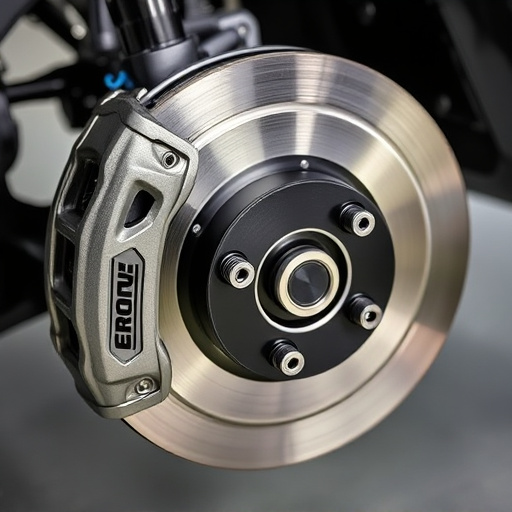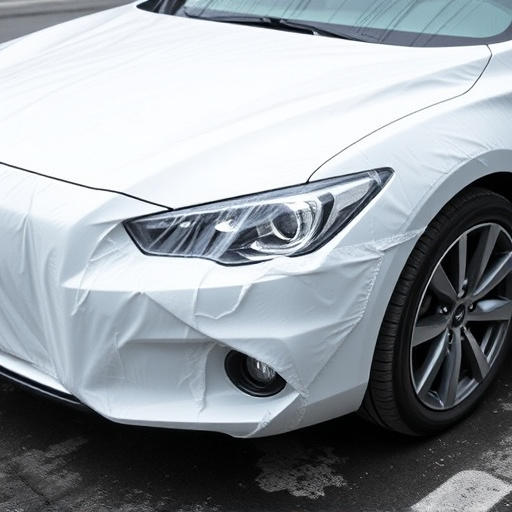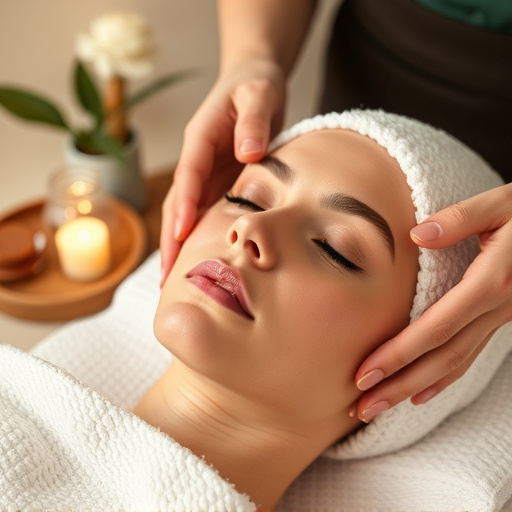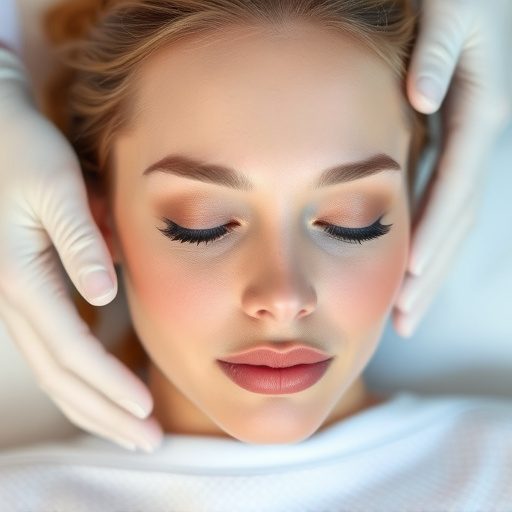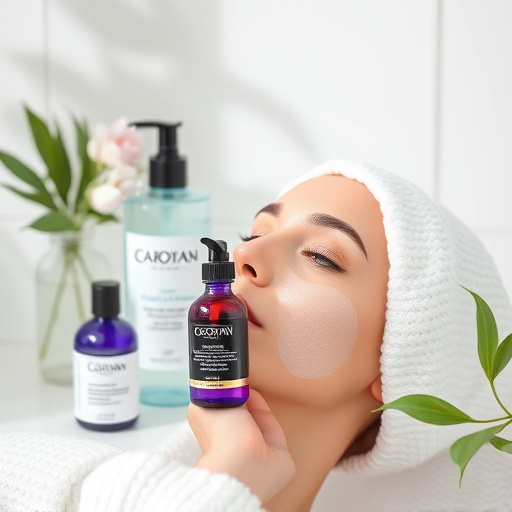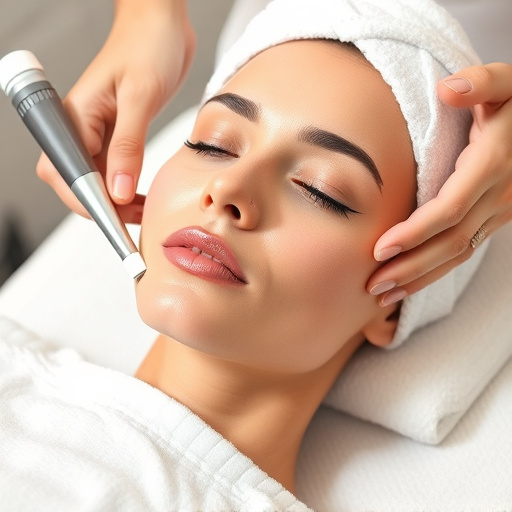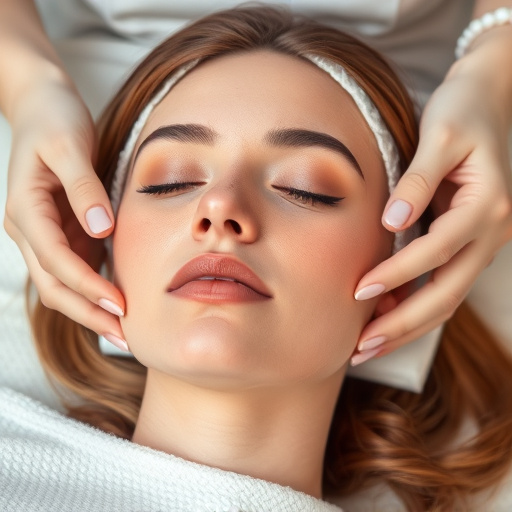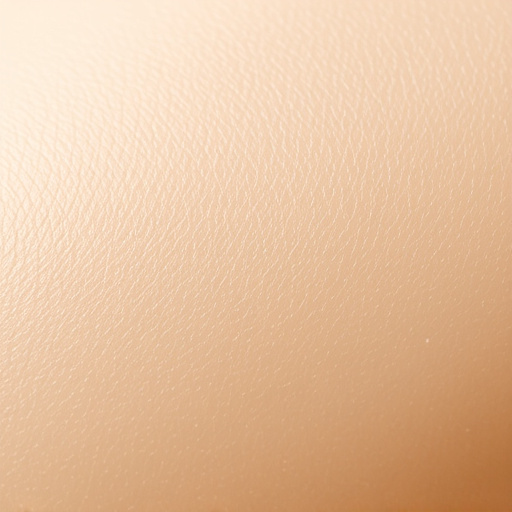Post-treatment care is vital for optimal results in upper lip hair removal. Follow a gentle skincare routine with mild, fragrance-free products to prevent irritation and reduce redness. Personalized facials and adherence to professional aftercare instructions promote healing. Protect the treated area from sunlight with high SPF sunscreen to avoid hyperpigmentation. Consistent care during recovery significantly impacts final outcomes.
Post-treatment care is a crucial step in achieving optimal results after upper lip hair removal. This comprehensive guide delves into the essential practices, common side effects, and valuable tips to enhance healing and final outcomes. Understanding these aspects ensures a smoother transition post-procedure, allowing you to maintain a smooth, hair-free upper lip. Learn how to navigate this period of care effectively, focusing on key strategies for a successful experience with upper lip hair removal.
- Understanding Post-Treatment Care Essentials
- Common Side Effects and How to Manage Them
- Tips for Optimizing Healing and Results
Understanding Post-Treatment Care Essentials
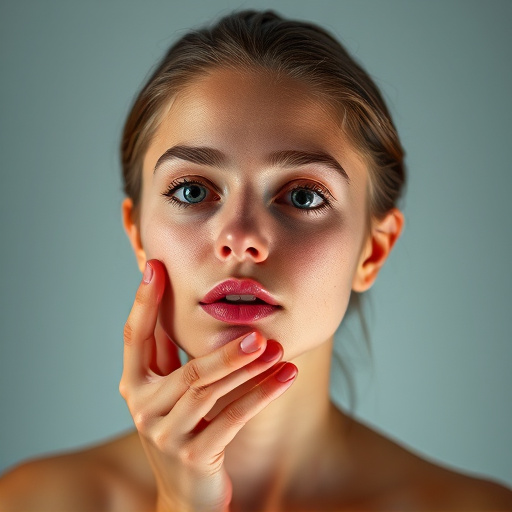
Post-treatment care is an integral part of any cosmetic procedure, and upper lip hair removal is no exception. Understanding the essential steps ensures optimal results and a smoother recovery process. After this non-surgical treatment, it’s crucial to maintain a clean and gentle skincare routine. This involves regularly cleansing the treated area with mild, fragrance-free products to prevent irritation. Moisturizing is another critical aspect; using hydrating creams or serums suitable for sensitive skin can aid in reducing any post-procedure redness and discomfort.
Personalized skincare plays a vital role in post-upper lip hair removal care. Customized facials tailored to the individual’s needs can provide deep cleansing, exfoliation, and nourishment, helping to soothe the skin and promote healing. Additionally, following specific aftercare instructions from your dermatologist or esthetician will ensure any potential issues are addressed promptly, allowing for the best possible outcome in the short and long term.
Common Side Effects and How to Manage Them
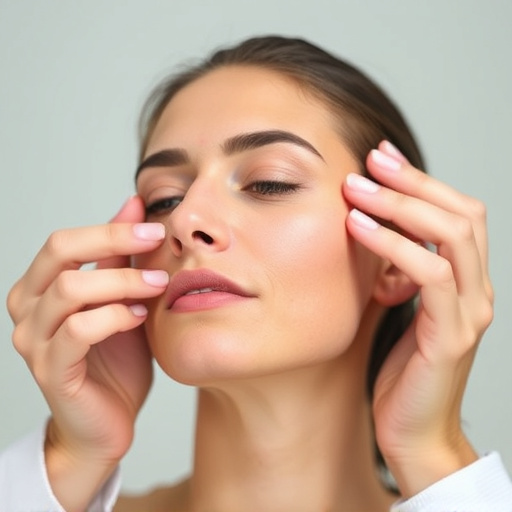
After upper lip hair removal, it’s common to experience some side effects, which are typically temporary and can be managed effectively. One of the most frequent issues is redness and irritation at the treatment site. This can be alleviated by applying a cold compress for 15-20 minutes several times a day to reduce swelling. Additionally, using gentle, hydrating products recommended by your dermatologist can soothe the skin and speed up the healing process.
Another possible side effect is mild peeling or flaking, which may occur as the skin regenerates. To address this, consider incorporating chemical peels or hydrating facials into your post-treatment routine. These treatments help exfoliate dead skin cells, promote cell turnover, and replenish moisture, resulting in smoother, softer skin. Always follow your dermatologist’s aftercare instructions for optimal results and to minimize any discomfort.
Tips for Optimizing Healing and Results
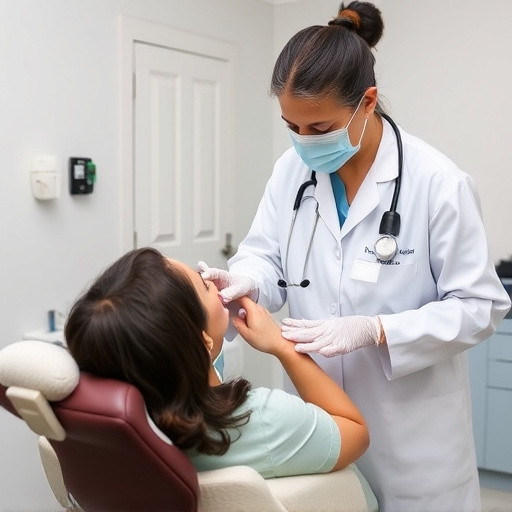
Optimizing healing and enhancing the results of upper lip hair removal is achievable through several simple yet effective tips. Firstly, it’s crucial to maintain a gentle skincare routine post-procedure. This involves using mild, fragrance-free cleansers and moisturizers to avoid irritation. Topical creams or serums recommended by your aesthetic specialist can also aid in calming the skin and promoting faster healing.
Additionally, protecting the treated area from direct sunlight is essential. Always apply sunscreen with a high SPF when stepping outdoors. This prevents hyperpigmentation and ensures the best outcome for your upper lip hair removal, whether it’s through laser treatments or non-surgical procedures like threading or waxing. Remember, consistent care during the healing phase can significantly impact the final results of these facial treatments.
Post-treatment care after upper lip hair removal is essential for optimal healing and maintaining long-lasting results. By understanding common side effects, managing them effectively, and following tips for enhanced recovery, you can ensure a smooth journey towards a hair-free upper lip. Remember, proper post-care is key to achieving and preserving the desired aesthetics of your upper lip, making it a valuable step in the upper lip hair removal process.


